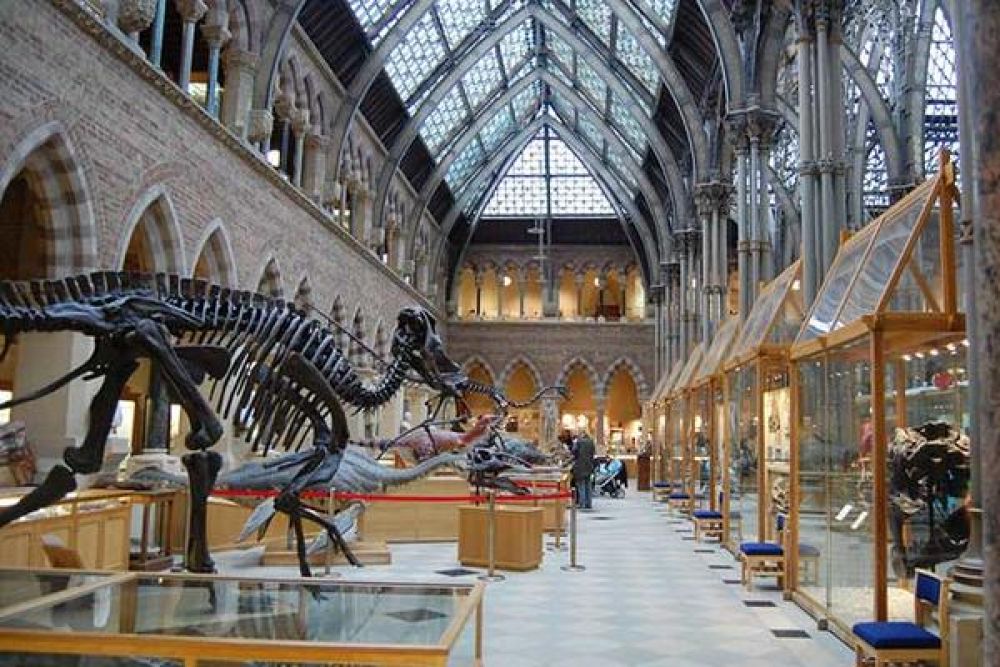

The Ashmolean Museum, located in the heart of Oxford, United Kingdom, is a treasured institution with a storied history that has played a significant role in the development of cultural tourism in the city. Founded in 1683, it holds the distinction of being the world's first university museum. Its conception was made possible by the generous gift of a collection of curiosities from Elias Ashmole to the University of Oxford. These artifacts were originally housed in the Old Ashmolean, on Broad Street.
Over the centuries, the museum has expanded its collection extensively, and in 1845 it moved to its current location on Beaumont Street. With an ever-growing collection of art and archaeology, the Ashmolean has attracted scholars, tourists, and art enthusiasts from around the globe. The museum's impressive array of exhibits range from Egyptian mummies to contemporary art, displaying both regional history and international treasures.
In recent years, the Ashmolean has embraced modernization and expansion, most notably with a major redevelopment completed in 2009. This redevelopment, known as the Transformation Project, dramatically enhanced the facility with 39 new galleries, a dedicated Education Centre, conservation studios, and the Ashmolean Dining Room. This project has further cemented the museum's status as a top cultural destination in the UK.
The museum has adeptly used a mix of permanent collections and temporary blockbuster exhibitions to attract a wide range of visitors, from dedicated art aficionados to families looking for an educational day out. Exhibitions have covered a wide range of topics and have often been tied to relevant anniversaries or global events to drive interest and tourism.
In terms of tourism trends, the Ashmolean has been part of the broader trend towards experiential tourism, where visitors seek educational and engaging experiences as part of their travel. This has been evidenced by the museum's offering of interactive exhibits, live performances, and workshops.
With the rise of digital technology, the Ashmolean has also taken part in the trend towards virtual tourism. This has included offering online collections and virtual tours, which became particularly prominent during the Covid-19 pandemic when physical travel was restricted. By doing so, the museum has remained accessible to an international audience, further raising its profile as a must-visit destination in the world of tourism.
The Ashmolean's commitment to education and public access aligns with the sustainable tourism trend; it actively promotes cultural preservation while offering a meaningful experience to visitors. Efforts to make the museum more sustainable and environmentally friendly are ongoing as the museum adapts to the expectations of modern travelers who are increasingly concerned with their impact on the planet.
In conclusion, the Ashmolean Museum's rich history combined with its forward-looking approach to curating and engaging with the public continues to make it an integral part of Oxford's tourism landscape. Its ability to evolve with the latest trends while preserving its heritage is a testament to its enduring appeal.